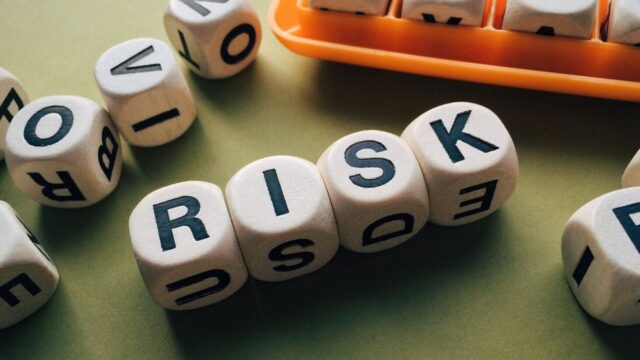
A pure risk is any risk that only results in losses, and is not speculative or inherent. Examples of pure risks are disease, fire, and even weather conditions. These events can damage property, injure individuals, and cause financial loss. Farmers who rely on agriculture for a living may experience losses from unusually bad weather. Insurable through liability, commercial, or personal insurance, these risks result in losses. In the world of finance, the best way to avoid taking pure risks is to understand how they work.
Typical causes of loss
Pure risk, on the other hand, is not insured and does not create profit or loss. As such, it is difficult to quantify its impact. Fortunately, insurers can calculate the frequency and severity of failures with statistical methods, such as law of large numbers. By studying historical trends, insurers can predict the financial consequences of potential losses and manage them accordingly. The following paragraphs describe some typical causes of loss due to pure risk.
A pure risk is one with no tangible benefit. If an accident or natural disaster occurs, the insurer will cover the cost of repairs or replacement. Another example is the loss of a policyholder’s automobile in the event of theft. Likewise, pure risk stands in contrast to speculative risk, which involves conscious decision-making. In addition to loss, a speculative risk can bring gain.
Insurable through commercial, personal, or liability insurance
In the world of insurance, many risks are pure. Some are insurable through liability insurance while others aren’t. In either case, the risk is transferable, meaning that the insurer will cover the financial implications of potential losses. Insurance companies cover this risk through liability insurance, which is included in most comprehensive coverages. These policies act as the owner’s representative in case of a loss.
Insurers cover pure risk by agreeing to cover its costs in the event of an unexpected event. An example of a pure risk is when a fire destroys a building. The insurer will pay for rebuilding if the property is damaged. Another example is a life insurance policy, which pays out a lump sum to the beneficiary upon the insured person’s death. Insurance companies also engage in speculative risk, making sure that the customer won’t experience a loss until after the insurer has made profits.
Typically results in losses
A pure risk is a scenario in which there is a high potential for loss without a positive financial outcome. It can be anything from a weekend fire in the office to a lawsuit from the SEC or an employment practices claim. This type of risk has no chance of constructive outcome and some people may decide to forgo it altogether. Fortunately, there are ways to mitigate the impact of a pure risk. Here are a few of them.
A pure risk can be insured through a policy. This type of policy transfers part of the pure risk to an insurance company. Life insurance, for example, requires premium payments from the insured, and provides money for rebuilding. Homeowners also purchase insurance policies to protect themselves against damage and theft. Life insurance, on the other hand, pays a lump sum to beneficiaries upon the insured’s death. This type of risk is commonly insured through an insurance company, which is a speculative risk. Moreover, insurers can better forecast losses because they can accurately predict future profits.
Distinct from speculative risk
In determining the level of a company’s risk appetite, managers will need to consider a variety of risks, including speculative risk and pure or operational risks. Both contain opportunities for gain or loss, but the latter is the more speculative risk, requiring more analysis of the risks involved. For example, investors purchase securities with the expectation that they will appreciate in value. Obviously, speculative risks involve a greater risk of loss than pure or operational risks.
The difference between pure and speculative risk is most easily understood in the context of insurance. Pure risks are those that can be insured by an insurer, transferring a portion of the risk to the company. Home insurance, for example, would pay out money to the policyholder should the property be damaged. Life insurance, on the other hand, would require premium payments and would pay out the insured’s beneficiaries in the event of death. While both types of risks involve risk, the former involves the conscious decision to risk profit or loss.
Sources of risk
Pure risk is a kind of risk that cannot be controlled, as it only has two outcomes: loss or gain. Examples of pure risks include fires, natural disasters, and death. Pure risk is also referred to as absolute risk, and it can be classified into three categories: liability, personal, and property. These three types of risks all have their own characteristics, and all pose some level of uncertainty. Here are three examples of pure risks and their sources.
Speculative risk involves opportunities for loss and gain. The investor purchases securities believing that the price will rise. Because there is always an opportunity for loss, speculative risk requires careful consideration of the various risks involved. Business risks involve the expansion of products and services, acquisition of new equipment, and diversification of existing product lines. It is important to consider the risk associated with all of these decisions to protect your assets. But when the risks are too large to manage, they can pose huge financial losses.


































